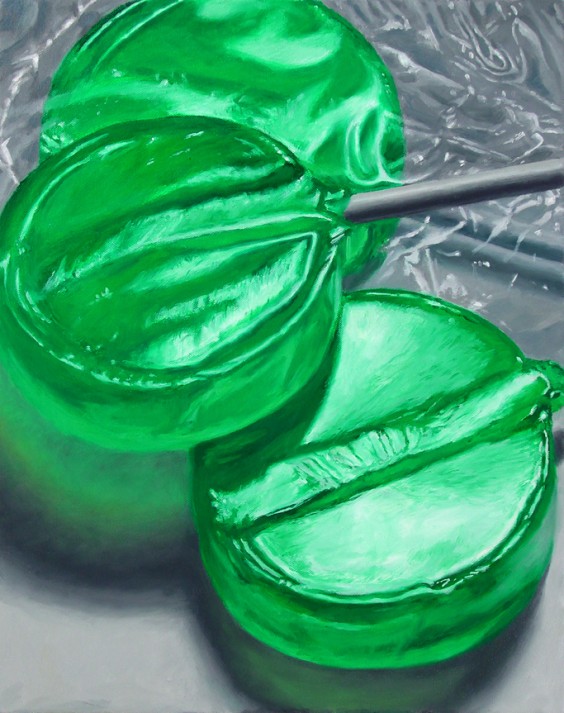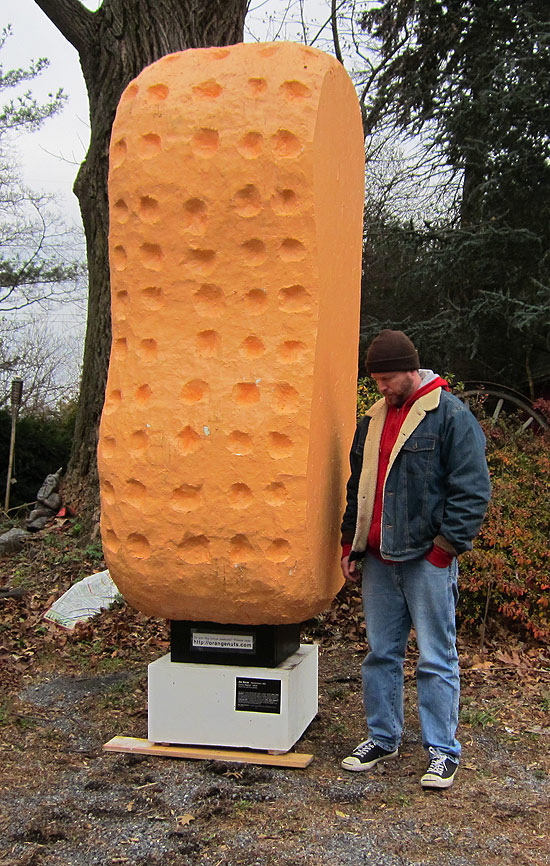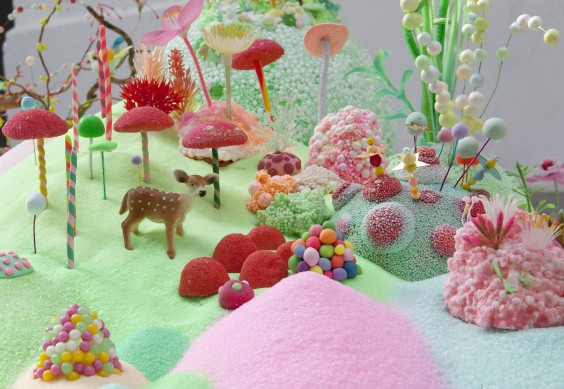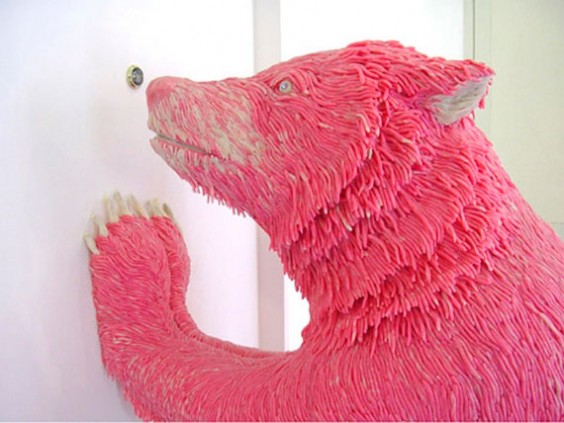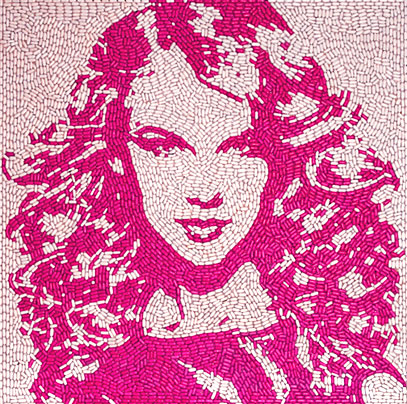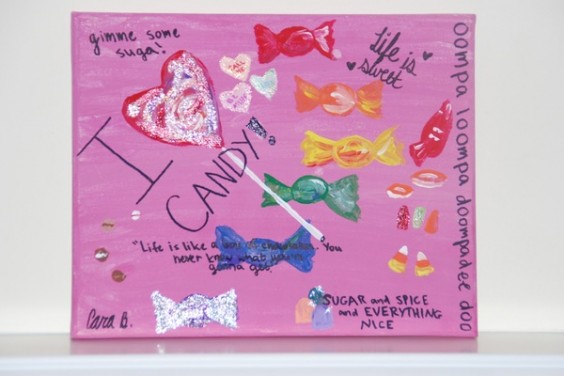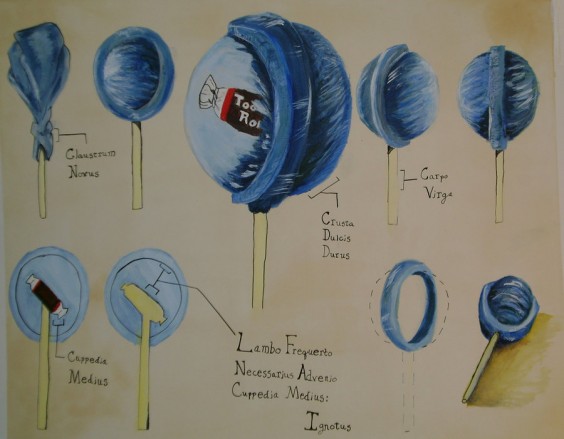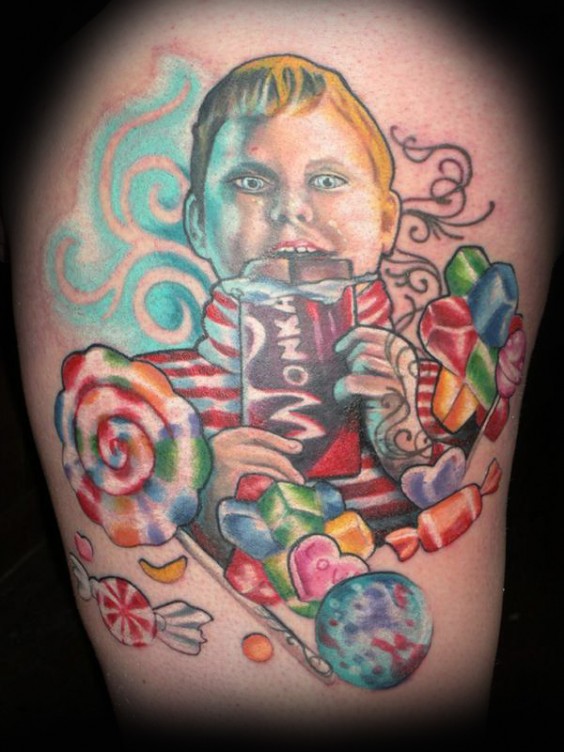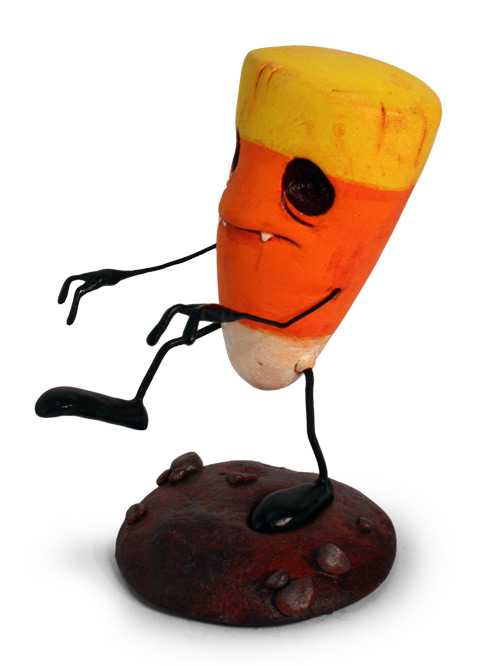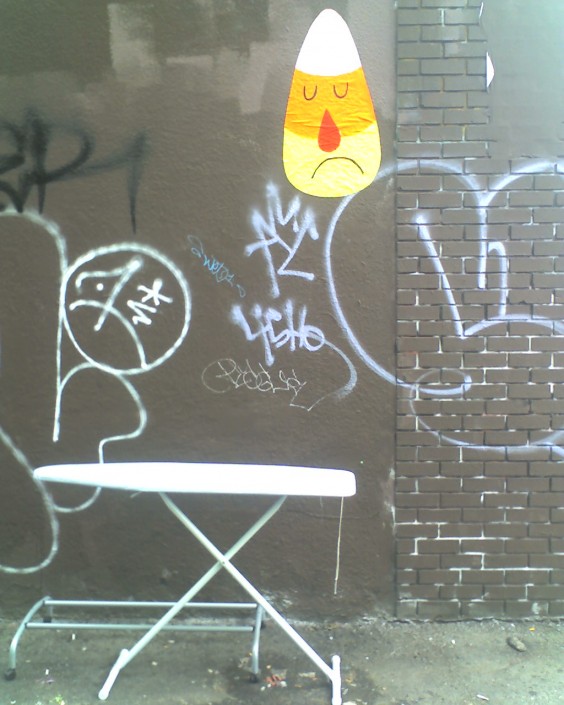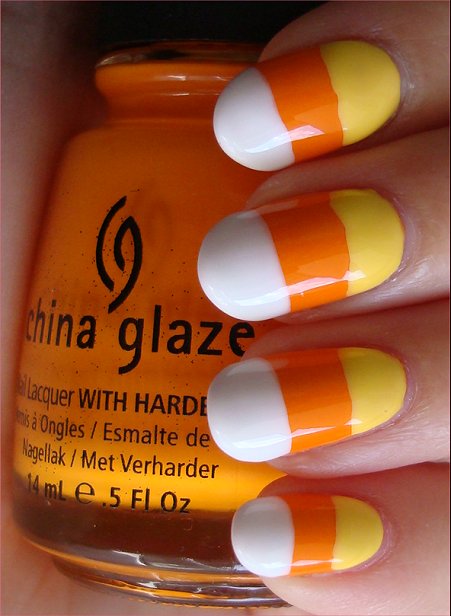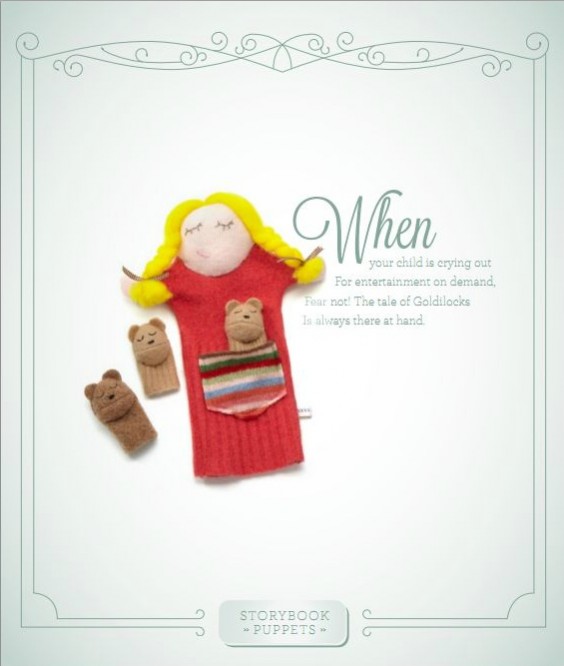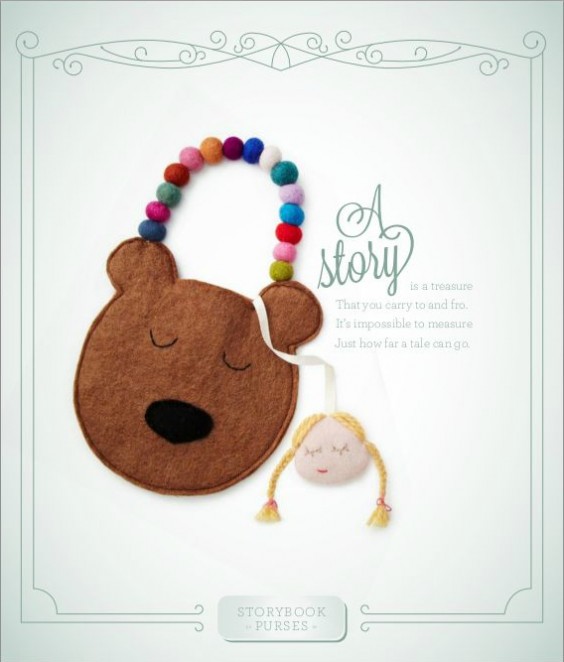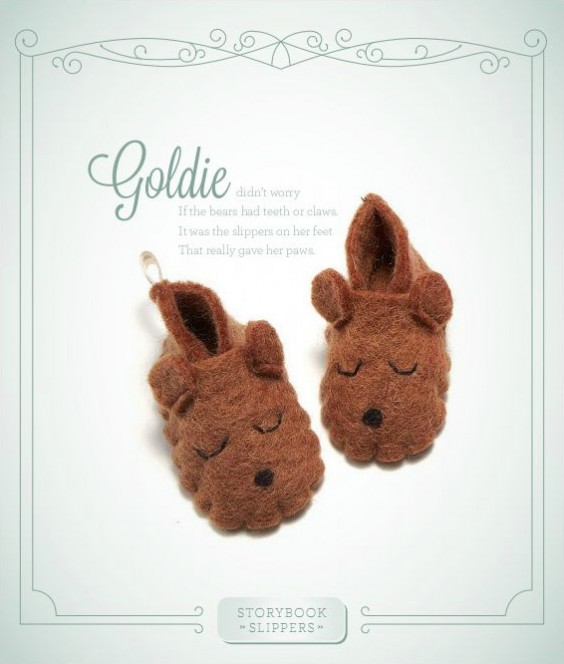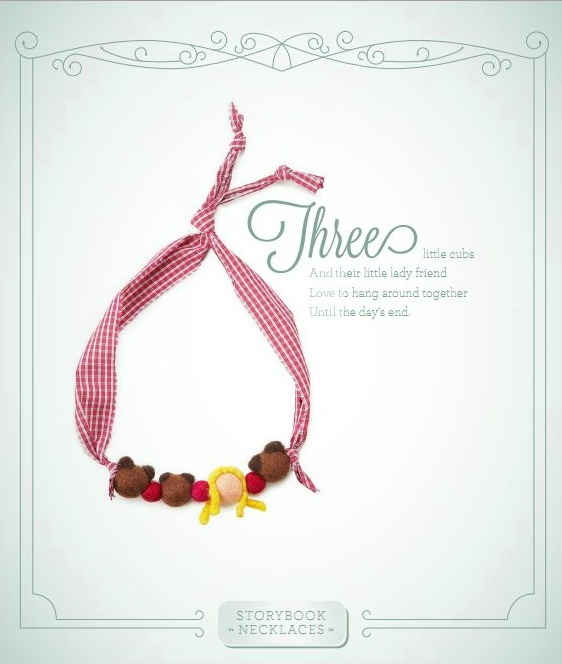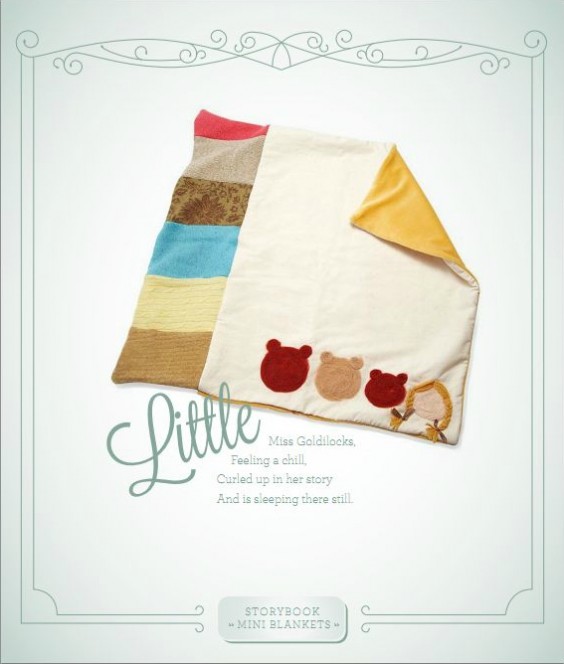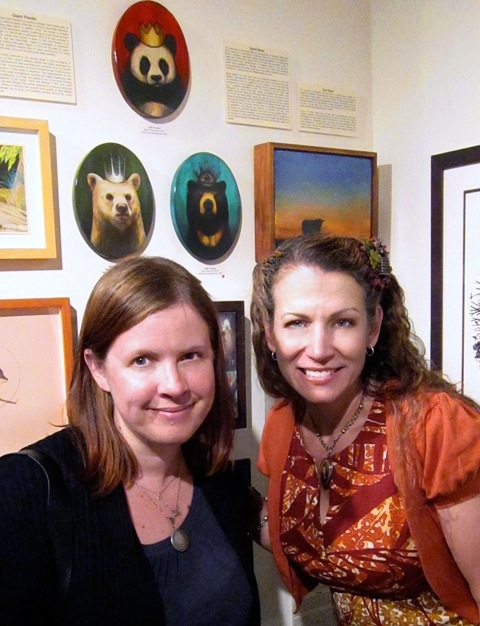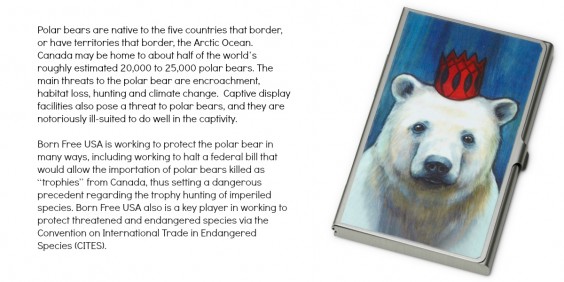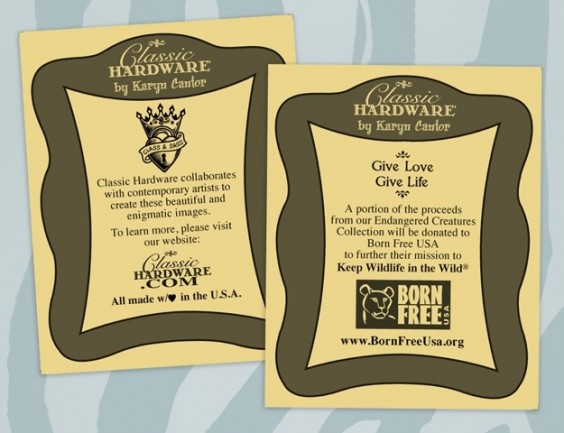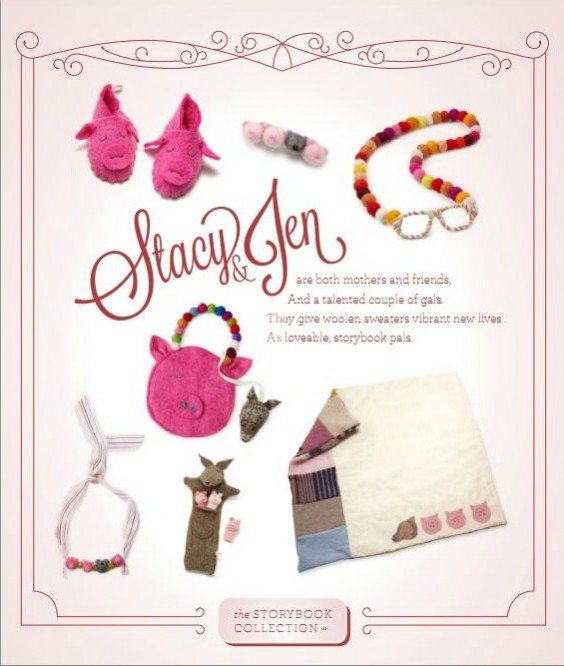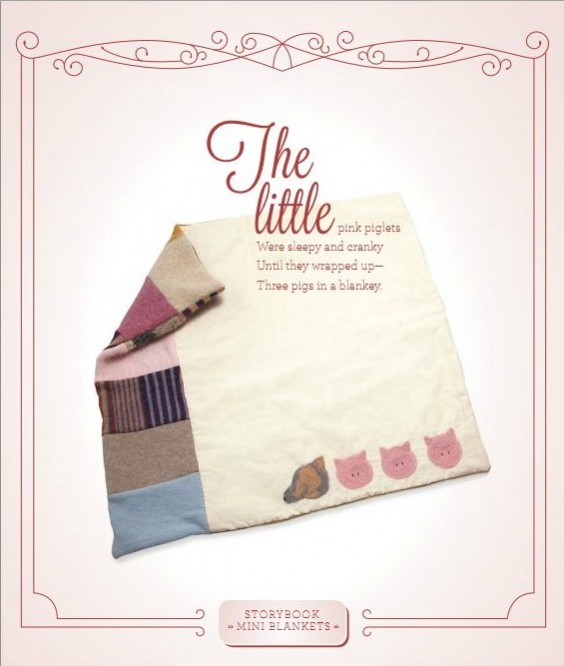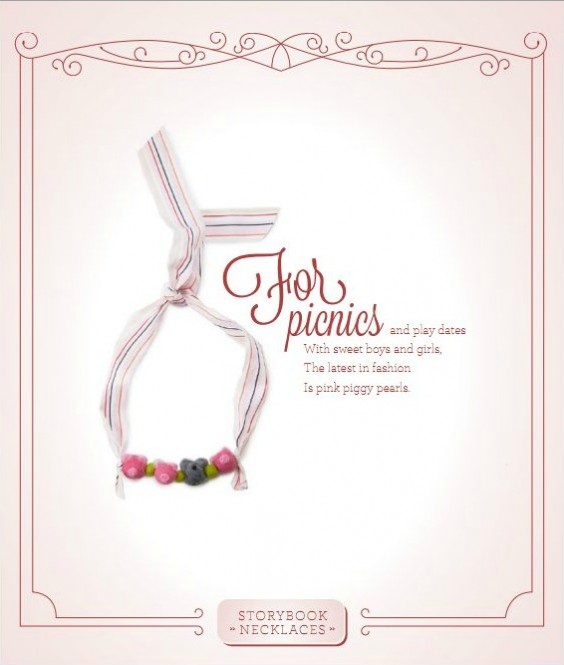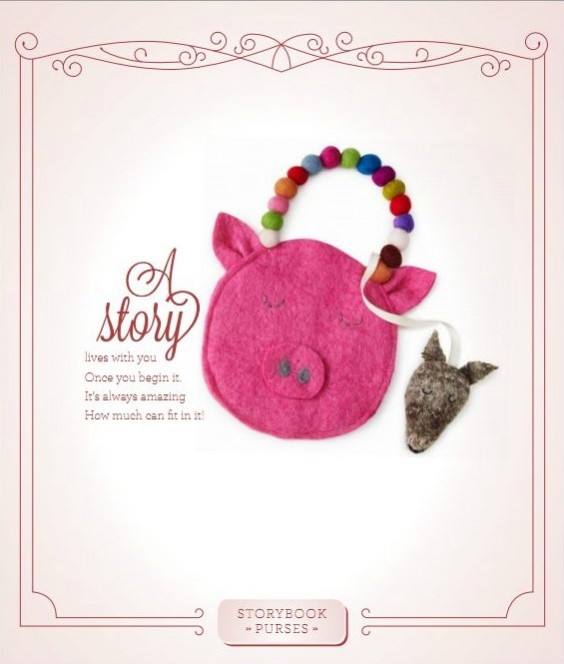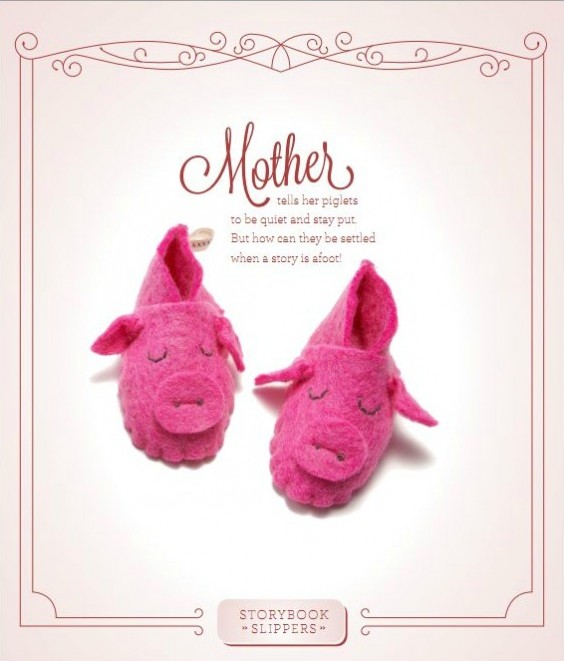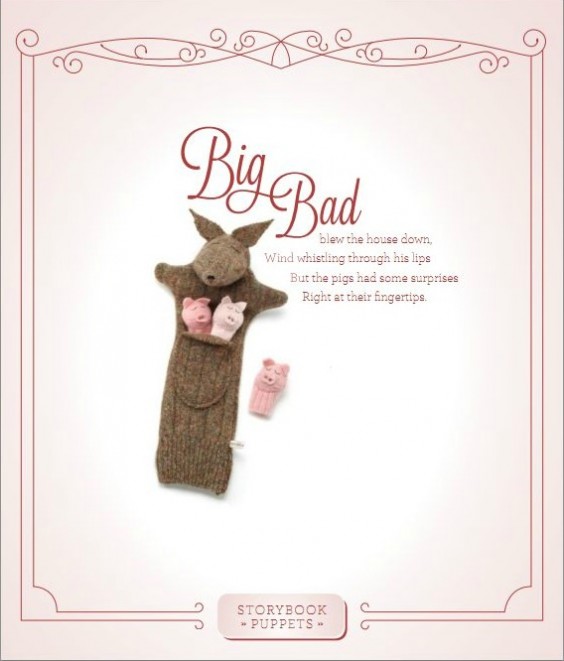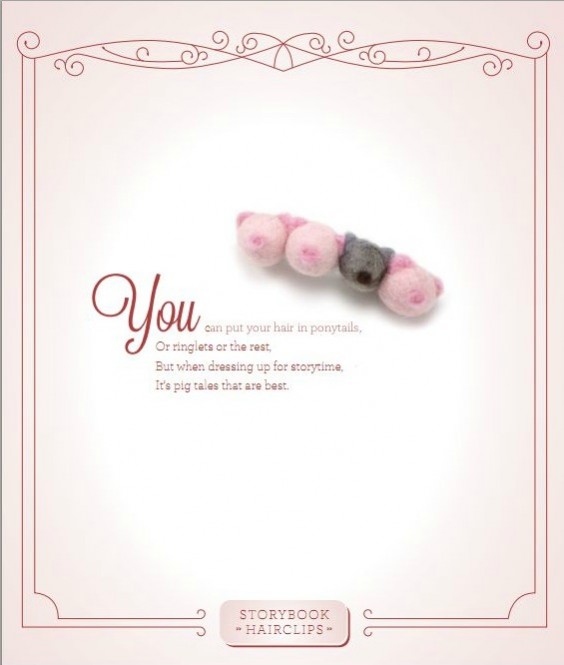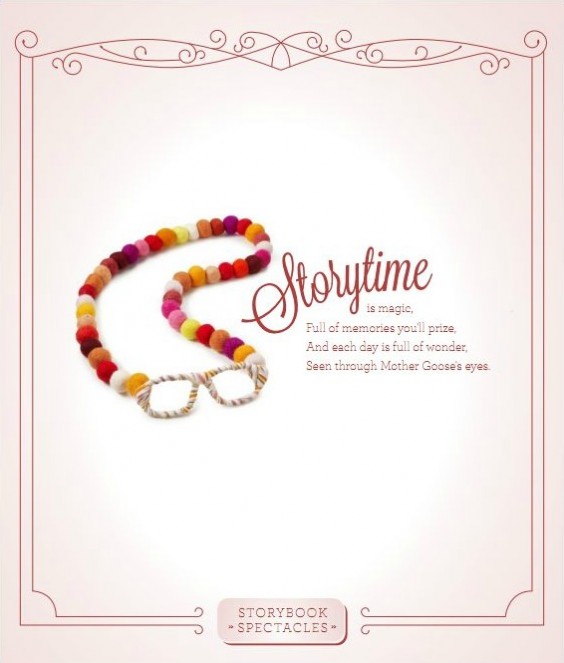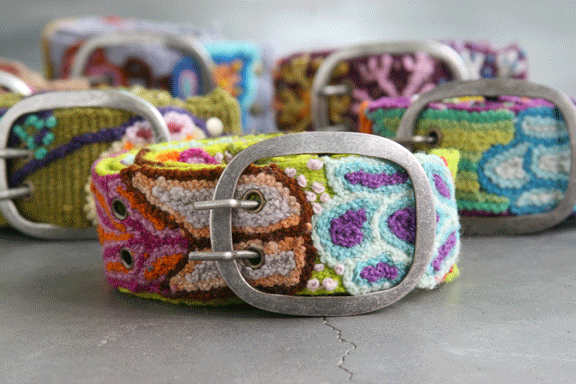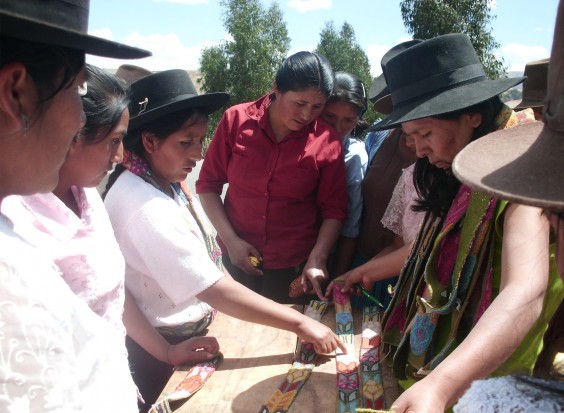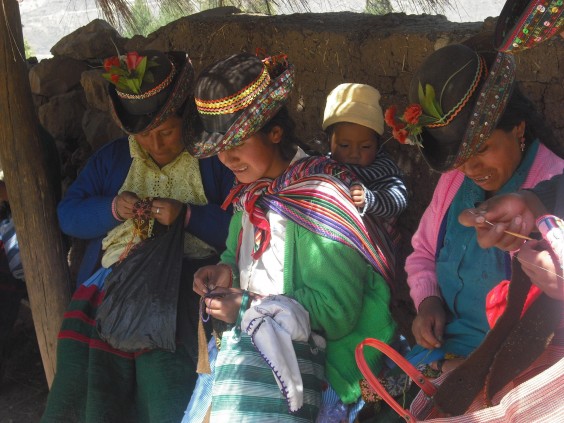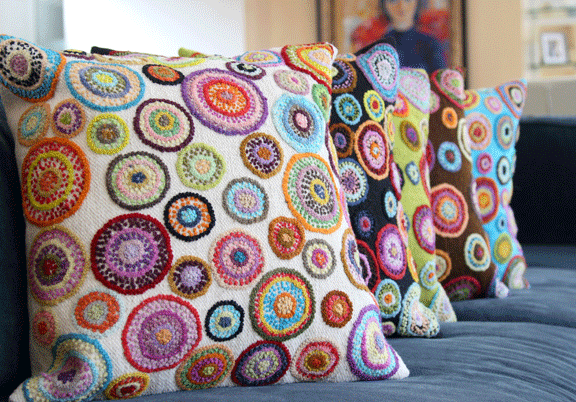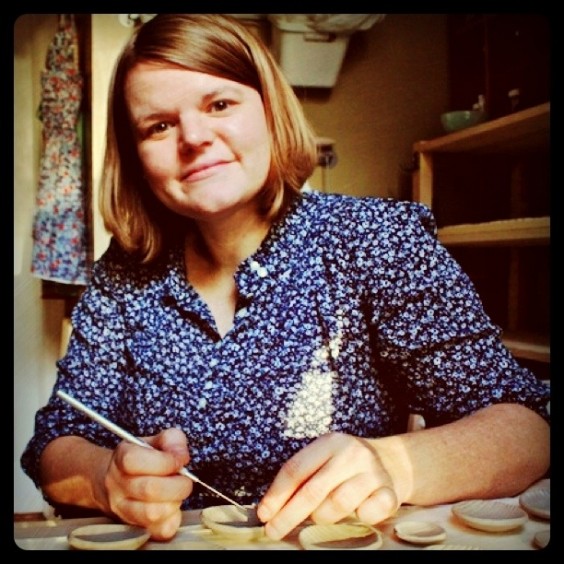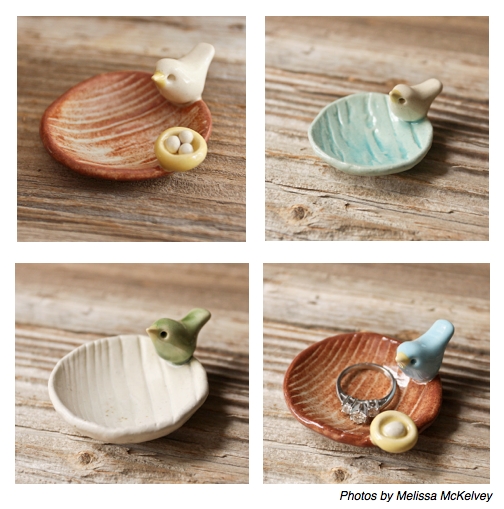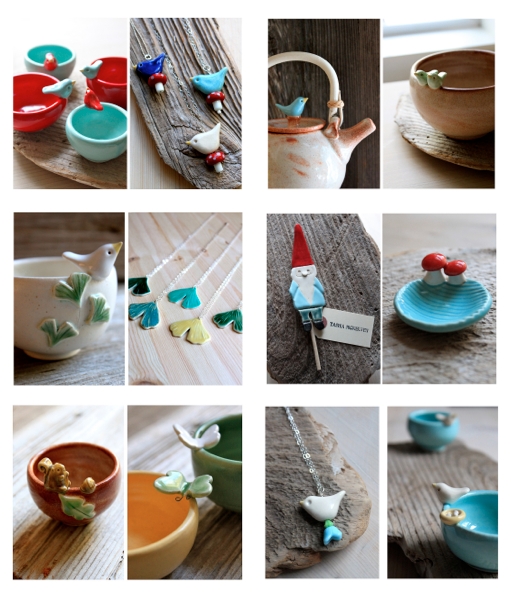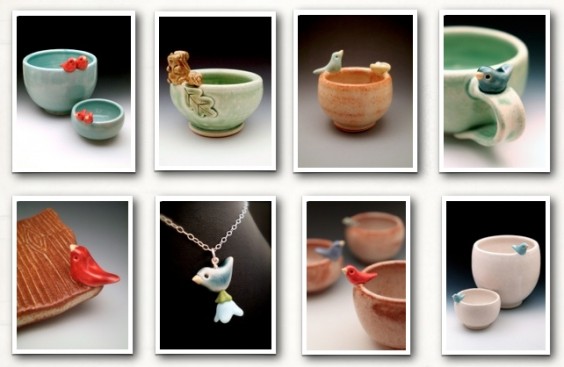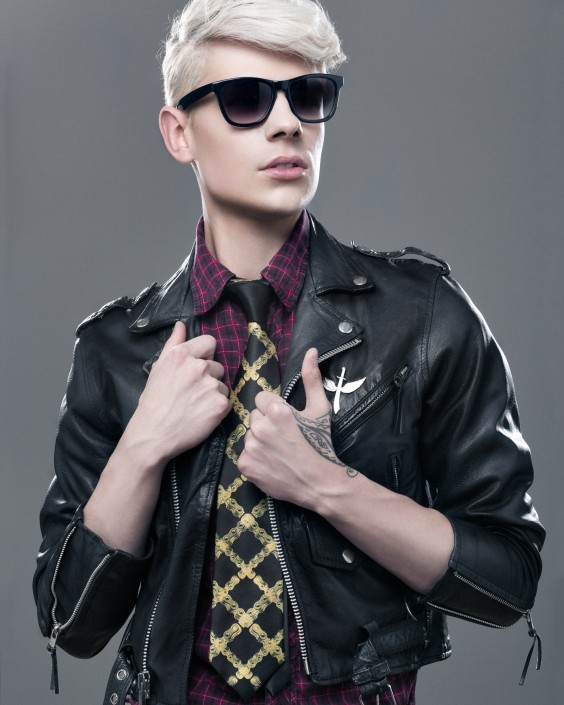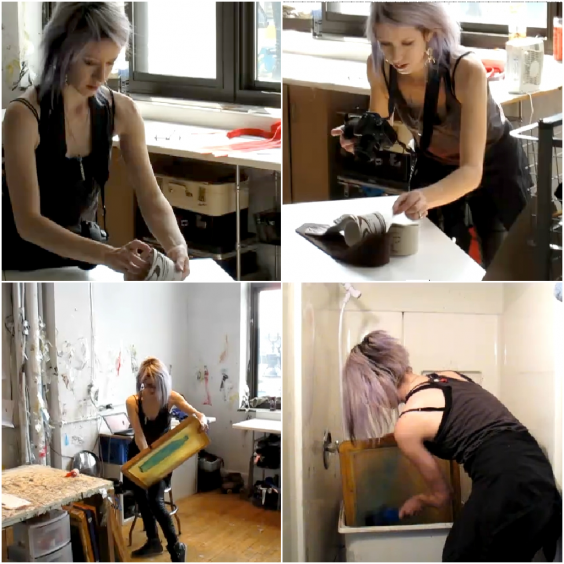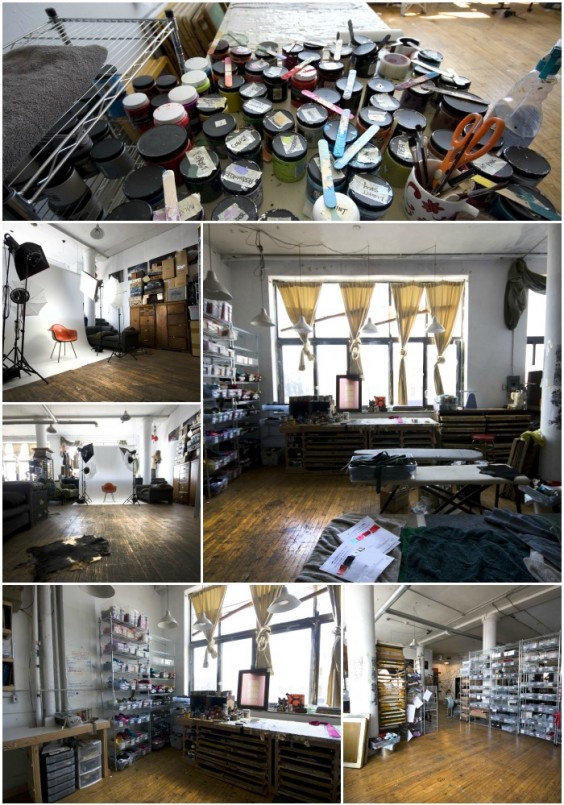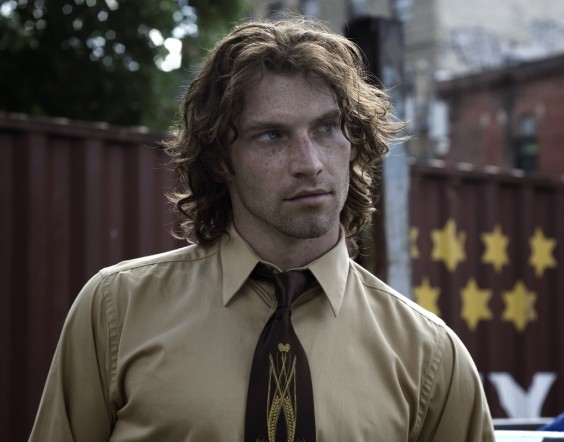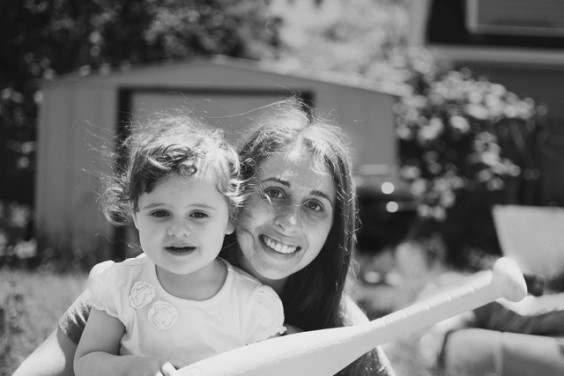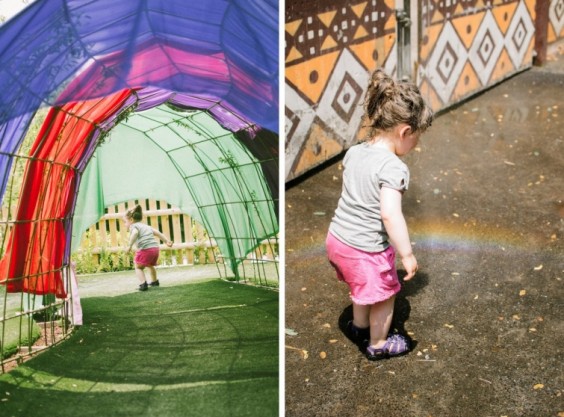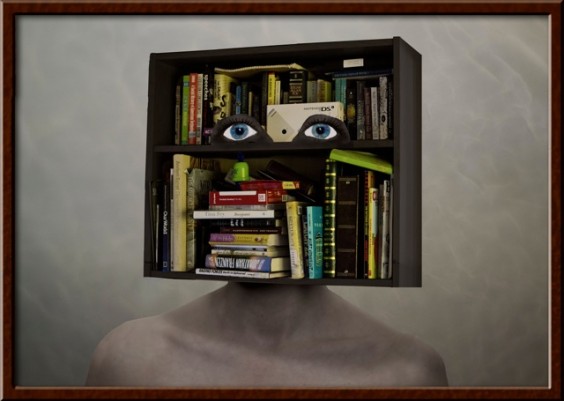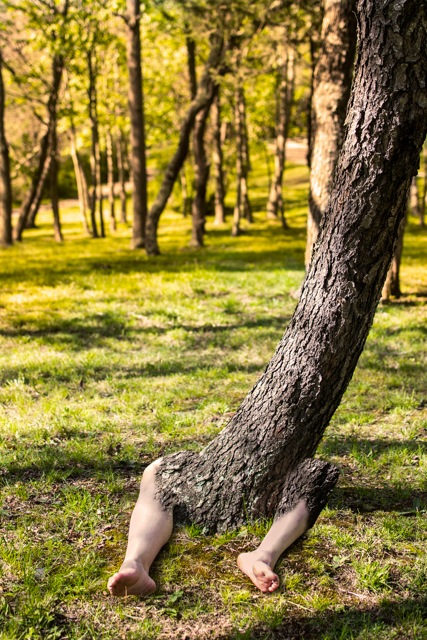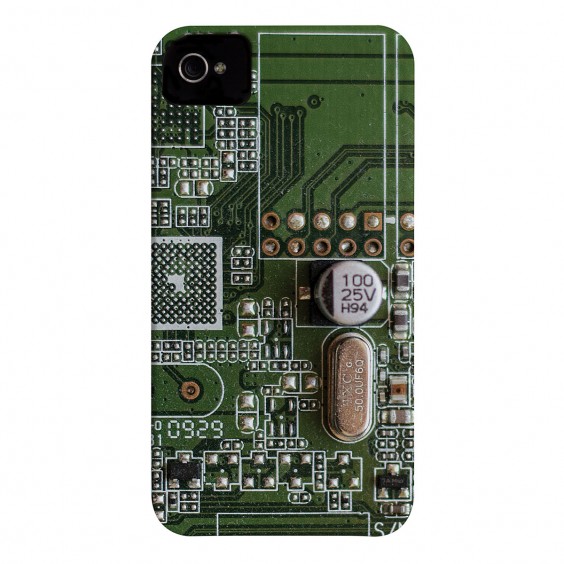One of the heartbreaks of adult life is not being able to go trick-or-treating. Sure, you can go door to door on Halloween night, but only with children, and you have to let them have all the candy. Boo!
One of the joys of adult life, on the other hand, is art. Fine art, crafts, paintings, photos, street art, whatever. It’s all good. And it’s especially sweet when it’s art about… CANDY.

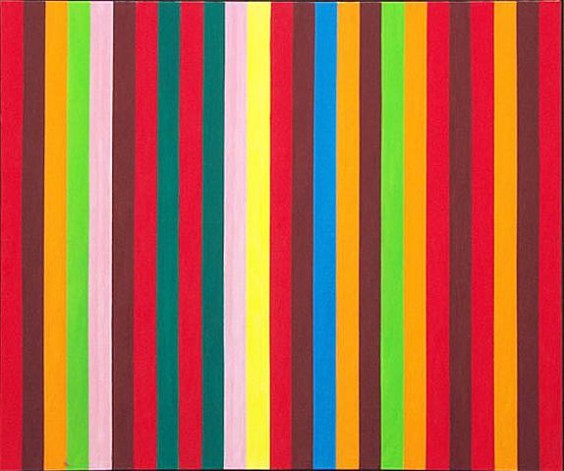 Most candy looks like abstract art to begin with, so it’s a natural subject and inspiration for artists, photographers, and designers. Look at this photo of Airheads Extreme Sweet Sour Belts by Steven Depolo next to Pop artist Gene Davis’s 1964 painting, “Sour Ball Beat” (above).
Most candy looks like abstract art to begin with, so it’s a natural subject and inspiration for artists, photographers, and designers. Look at this photo of Airheads Extreme Sweet Sour Belts by Steven Depolo next to Pop artist Gene Davis’s 1964 painting, “Sour Ball Beat” (above).
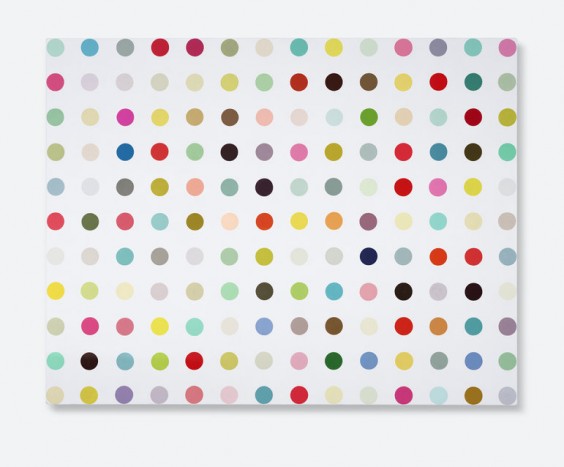
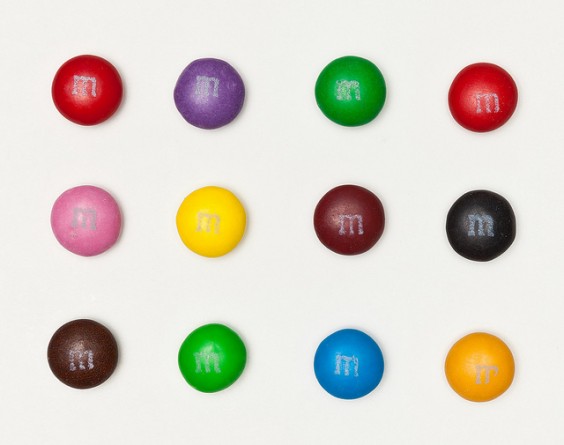
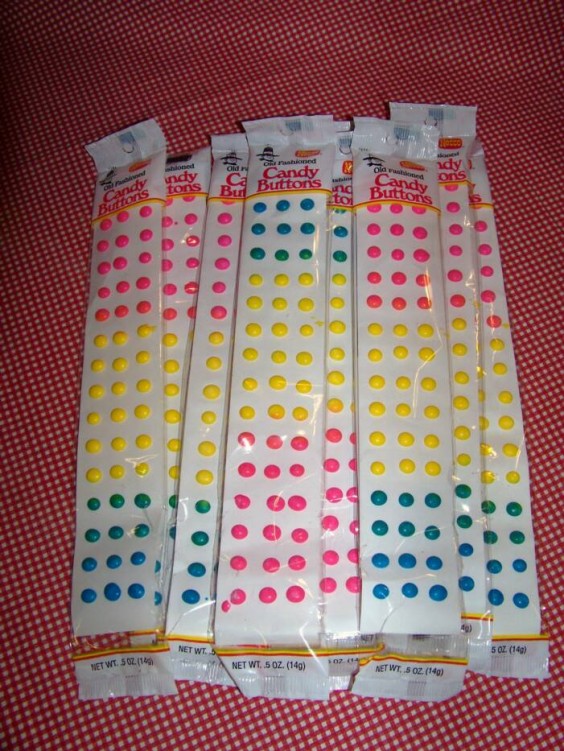 Controversial contemporary artist Damien Hirst‘s famous “dot” paintings have often been compared, sometimes derisively, to candy. The candy will cost you about a buck; one of Hirst’s dot paintings went for $3.48 million early this year. Which is treat and which is trick? (Trick question.)
Controversial contemporary artist Damien Hirst‘s famous “dot” paintings have often been compared, sometimes derisively, to candy. The candy will cost you about a buck; one of Hirst’s dot paintings went for $3.48 million early this year. Which is treat and which is trick? (Trick question.)
I may not be able to go trick-or-treating any more, but I can “collect” candy art treats on the Internets without gaining an ounce. In honor of Halloween, I amassed a humongous amount of creative, beautiful, fun, funny, happy, sugary art onto a humongous Pinterest board.
With apologies to diabetics, here’s a sampling of candy you don’t have to say “Boo!” to. Note: because it’s my board and I’m the decider of it, I chose to include gum and soda, aka “liquid candy.”)
“Portraits” of candy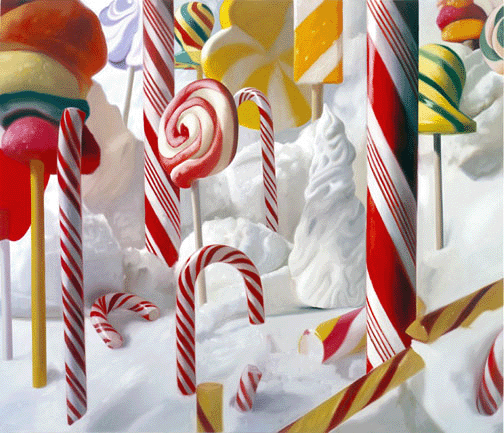
Art made of candy
Art about candy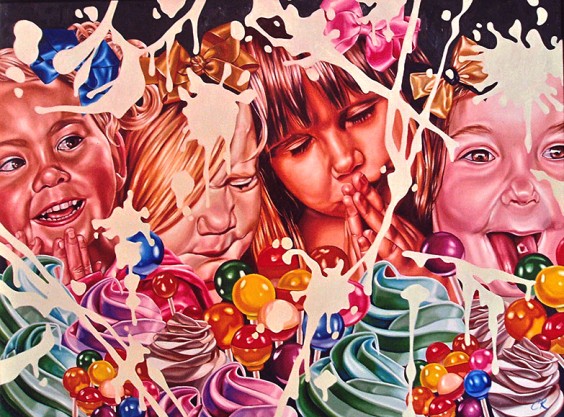
Candy-themed tattoos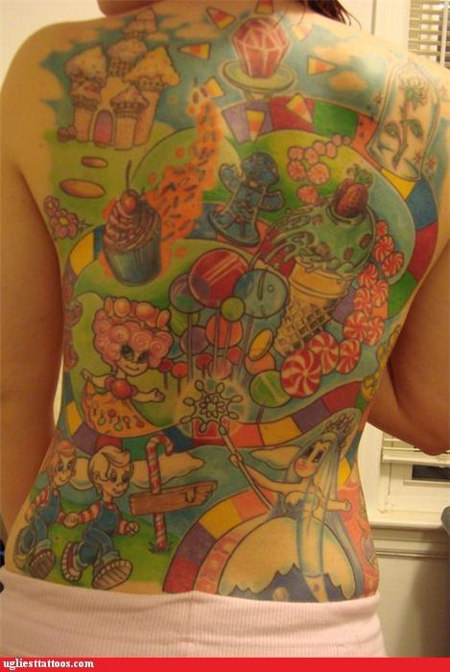
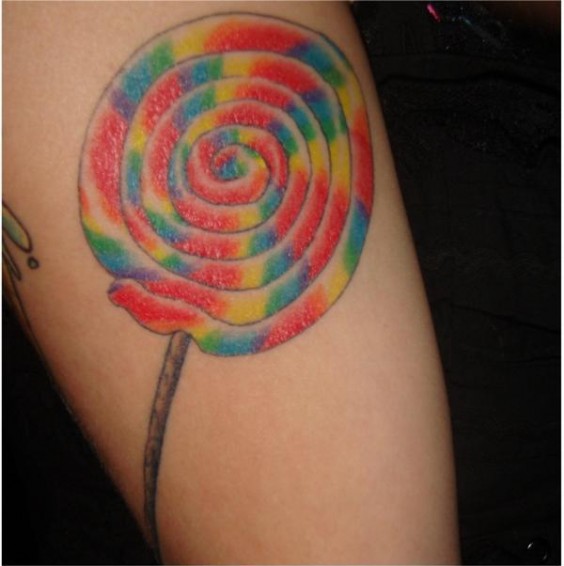
Art made of candy wrappers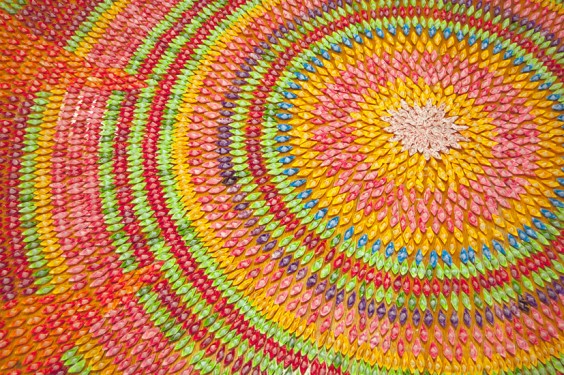
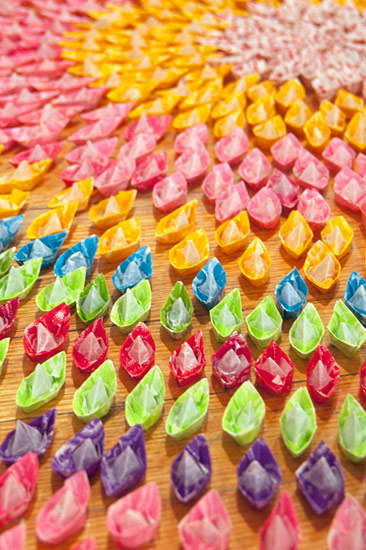
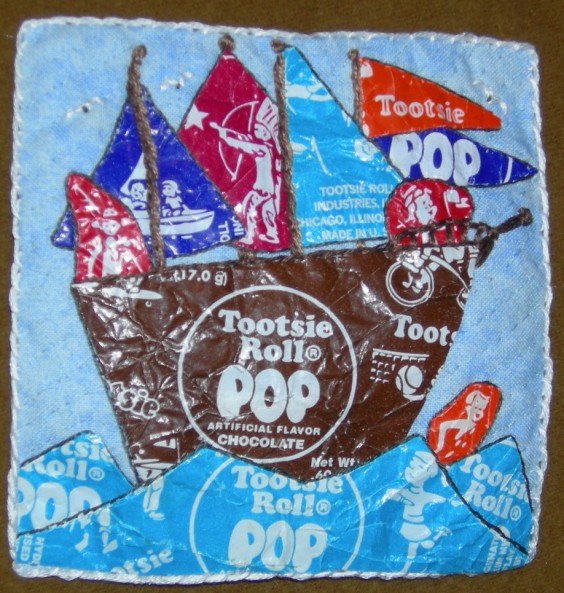
Halloween candy corn art
And finally…
A candy toothbrush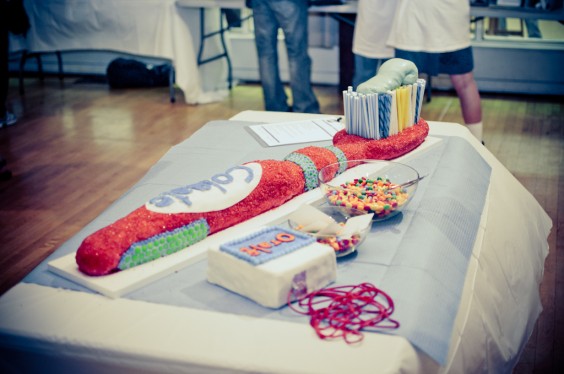
(Also, because we care about your dental health, a non-cavity-inducing one.)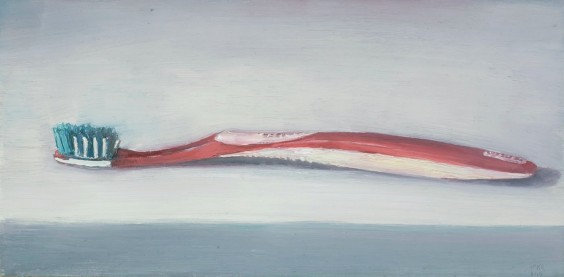
Happy Halloween! (If you somehow haven’t OD’d yet, check out the entire Pinterest collection.)

